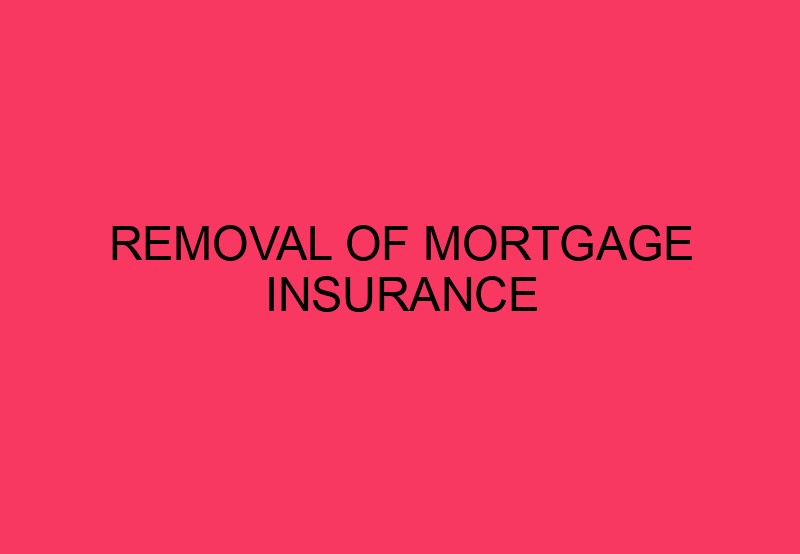Removal Of Mortgage Insurance – Some homebuyers are simply unable to avoid PMI, or private mortgage insurance. This coverage can add hundreds of dollars to your monthly mortgage payment — and in the event of default, it benefits your lender rather than you. About Removal Of Mortgage Insurance we will briefly discuss the following.
Removal Of Mortgage Insurance
However, there is a silver lining: as your home equity grows, there are several options for eliminating PMI.
What exactly is PMI (private mortgage insurance)?
PMI is a type of mortgage insurance that protects the lender in the event of a mortgage default.
Private mortgage insurance is typically required for homebuyers who use a conventional mortgage with a down payment of less than 20%. This is an additional annual cost that can range from 0.3 percent to 1.5 percent of your mortgage balance.
According to Freddie Mac, borrowers may pay between $30 and $70 in monthly PMI for every $100,000 of loan principal. The amount you pay is determined by your credit score, mortgage and loan term, and down payment. Each year, your PMI is recalculated based on the current size of your loan balance, so the premium will decrease as you pay down the loan.
“Private mortgage insurance protects the lender from the elevated risk posed by a borrower with a small down payment,” explains Greg McBride, CFA, Bankrate’s chief financial analyst. “The PMI will be removed once the borrower has a sufficient equity cushion.”
All mortgages with down payments under 20% are exempt from PMI.
For instance, there are differing regulations for government-backed VA loans and FHA loans with low or no down payments. Private lenders may provide traditional loans with low down payments and no PMI, but these loans frequently come with additional fees to make up for the higher risk, such as a higher interest rate.
